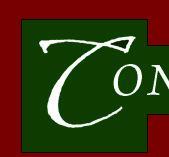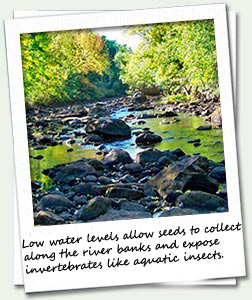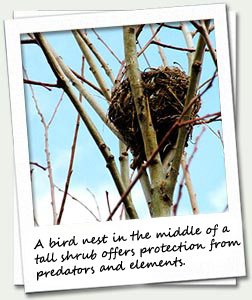 |
 | ||||||
|
|
|
Food, Water and Shelter
|
Science: Bird Life - Food, Water and Shelter Many bird species are attracted to the Concord River Greenway for the abundant sources of food, including:

Birding Tip: If you don’t have binoculars handy, don’t fret. If you curl your hands and put them to your eyes, as if your hands were binoculars, you will successfully block out distracting light and movement of random objects. This will help you to key in on the bird you are looking at with its color, shape, size, and more. Try it! Thick vegetation provides excellent shelter from larger predators, such as red-tail hawks flying overhead. 

Birds are very resourceful animals. They make nests from a variety of materials, such as sticks, grasses, leaves, mud, saliva, feces, feathers, mammal hair and even litter. Tree cavities (holes in trees) can provide excellent shelter for birds and other animals. Woodpeckers, insects, and rot are responsible to making many of these tree cavities.
|
